20 Famous Architects Who Redefined Architecture in 2025
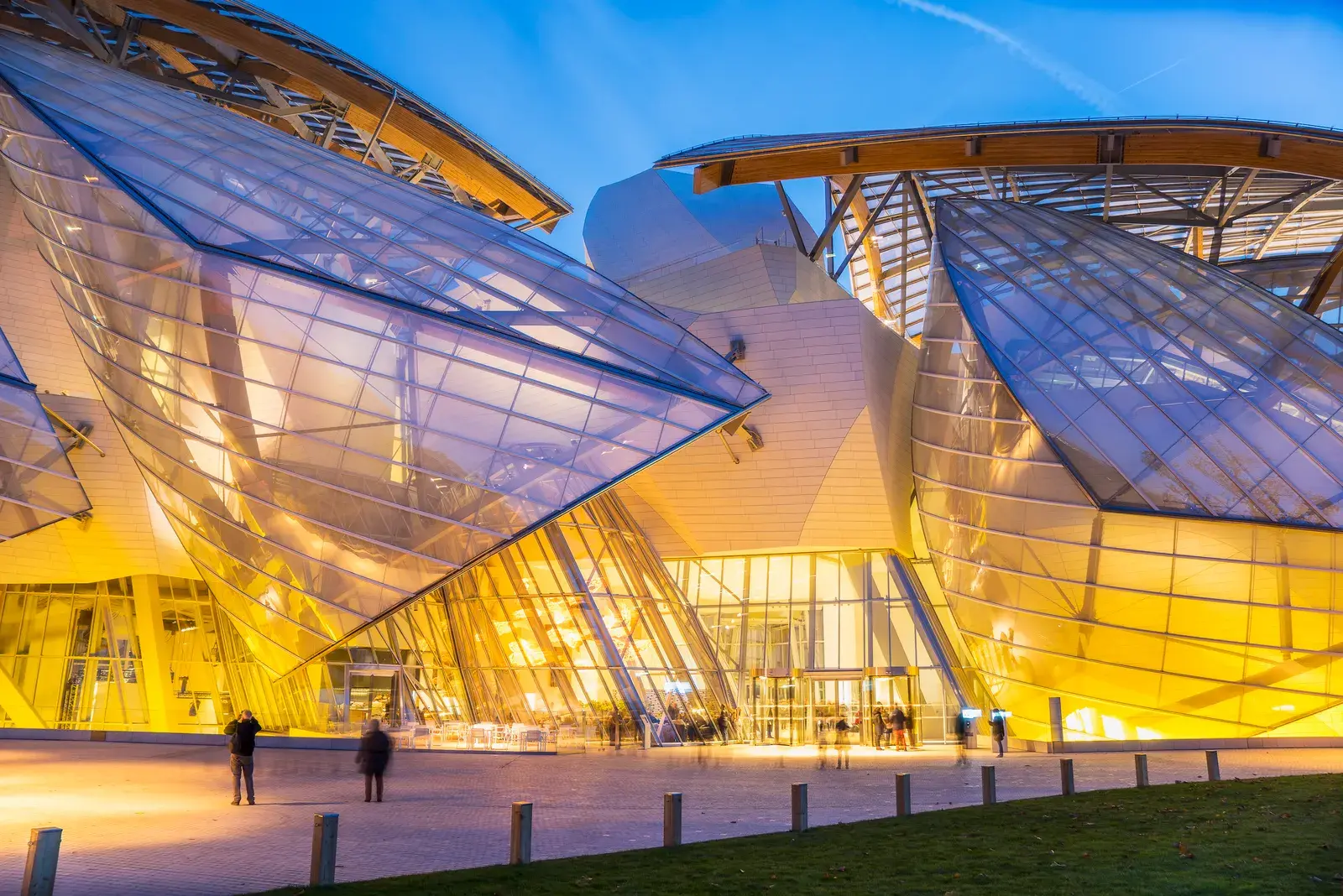
Table of Contents
The history of architecture has been shaped by famous architects whose vision transformed skylines and cultures. From Antoni Gaudí to Zaha Hadid, these icons left legacies through bold ideas and timeless designs. Below are 20 of the world’s most famous architects and their influence on modern architecture.
From Antoni Gaudí and Mies Van der Rohe to Philip Johnson and Eero Saarinen, the history of architecture is full of influential figures. Each of them has made unique and lasting contributions to the field and their work has helped profoundly shape our civilization and culture. In this article, we will explore the work of some of the world’s most famous architects and examine how they have left an incredible mark on our civilization and culture throughout the ages.
Antoni Gaudi

Gaudí, master of Catalan Modernism, transformed Barcelona with La Sagrada Familia and Casa Batlló.
All of Barcelona is dotted with the buildings of Antoni Gaudi. One of the most famous architects who has ever lived. He is best known for his unfinished work, La Sagrada Familia. However, he has many other remarkable works, including Casa Mila, his private residence, Casa Batlló and the Palau Güell mansion. Known as a pioneer of Catalan Modernism, his intricate structures have earned great respect for their innovation, free-flowing style full of organic curves, and rich, hyperbolic vaults.
Did you know that the Sagrada Familia is slated for completion in the year 2026? The construction of this Gaudi design began in the 19th century, but it was never finished. Due to the proactive efforts of modern architects, and computational-based tools such as Revit, the structure may finally be complete soon.
Remarkable Projects:
- La Sagrada Familia
- Casa Batlló
Impact on Architecture:
- He is known as the pioneer of Catalan Modernism.
- He is best known for his unfinished work, La Sagrada Familia which is still in construction!
Norman Foster
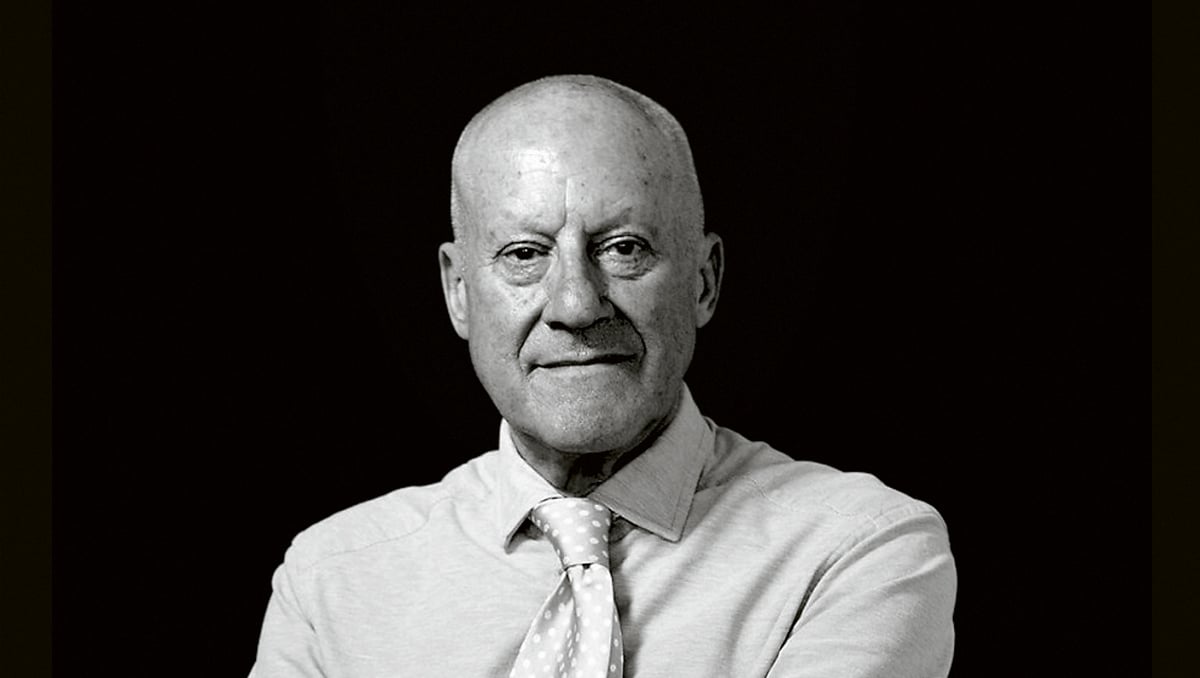
Norman Foster, the “Father of High-Tech Architecture,” designed icons like The Gherkin and Apple Park.
Architect Norman Foster was born in Reddish, Stockport, in 1935. By the early 1970s, he had already made his name in the British architectural industry. Known for his clean lines, his style is often praised for its sleek, modern nature, and has earned the tag of “High Tech” architecture. He works with glass and steel significantly, and some of his famous buildings include The Gherkin, the Apple Park, and Crystal Island.
He has earned the reputation of being the “Father of High Tech Architecture”, but Foster is also an advocate of something he calls the “responsibility framework”. This framework outlines his design philosophy: sustainable architecture with a focus on visitor experience. Due to these facts, he is often called one of the greatest architects of all time.
Remarkable Projects:
- The Apple Park
- Crystal Island
Impact on Architecture:
- He earned the title of “Father of High Tech Architecture” for his modern creation.
- He was also a strong advocate of sustainable design with a great focus on experience.
Read more: 10 Famous Female Architects Leading the Way in the AEC Industry in the Modern Day
Frank Gehry
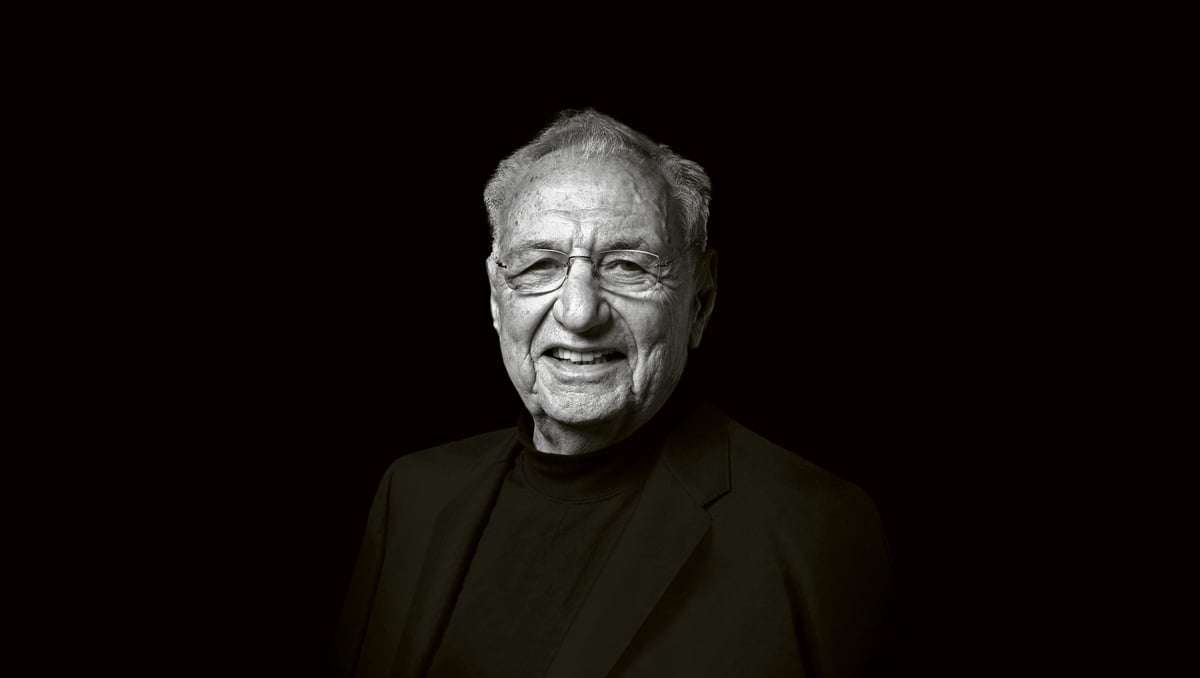
Frank Gehry’s deconstructivist style produced landmarks like Guggenheim Bilbao and Walt Disney Concert Hall.
Frank Gehry is a world-renowned architect. He is well known for his Modernist and futuristic designs, which often feature unique, curved shapes. His designs challenge the traditional tropes of architecture and have been known to create controversy. He has won numerous awards for his work and is considered one of the most influential architects of the 20th and 21st centuries. He is one of the most famous architects around the world and is an inspiration to fans of parametric architecture and futuristic architecture.
His most famous works include the Guggenheim Museum in Bilbao, Spain, the Walt Disney Concert Hall in Los Angeles, and the Louis Vuitton Foundation in Paris. His structures are known for their boldness and creativity, and they often incorporate modern materials such as titanium, glass, and steel.
Remarkable Projects:
- Guggenheim Museum
- Louis Vuitton Foundation
Impact on Architecture:
- He used his architectural skills to challenge traditional tropes of architecture.
- His works often lead to controversy due to his bold approach. His approach was inclined towards the modern parametric design.
Zaha Hadid

The “Queen of Curves,” Zaha Hadid pioneered parametric forms with the Guangzhou Opera House and Aquatics Centre.
Zaha Hadid needs no introduction- she is one of the most famous architects in the
world, a legacy that has continued well after her death. She was a pioneer of parametric architecture, and her innovative designs are replete with forms that defy gravity and the shapes of classical architecture. She was born in Baghdad, Iraq and often cites her exposure to the building styles of Iraq as a major reason for her innovative designs. She was awarded the Stirling Prize in 2010, and 2011 as well, and she is most commonly associated with Parametric Architecture.
Her most famous buildings include the Bridge Pavilion in Spain, the Guangzhou Opera House in China, and the London Aquatics Centre.
Remarkable Projects:
- Bridge Pavilion
- Guangzhou Opera House
Impact on Architecture:
- She is one of the best-known architects of modern times.
- She believed her bold and futuristic design took inspiration from the traditional architecture of Iraq.
Frank Lloyd Wright
.jpg?width=1564&height=1035&name=flwww%20(1).jpg)
Frank Lloyd Wright’s Prairie Style and Fallingwater epitomize organic design in harmony with nature.
Known for his unusually prolific design execution, Lloyd Wright is possibly one of the only famous architects in written history to have designed and erected over 1000 building structures in his 70-year lifetime. He began as a civil engineer, apprenticed with an architect and began his own practice in 1898. He is best known as a pioneer in the Prairie style, commonly practised in the North American states with their flat, temperate grasslands. In his design philosophy, he has attempted to incorporate organic architecture heavily- a harmonious, untearable mixing of humanity and nature using local materials. He was one of the first people who spoke of vernacular architecture.
This is best portrayed in his best-known work- Fallingwater. His other famous designs include The Guggenheim Museum, Robie House, and Taliesin West.
Remarkable Projects:
- Robie House
- Taliesin West
Impact on Architecture:
- He was heavily inspired by the harmonious, untearable mixing of humanity and nature using local materials.
- He was also one of the first people who spoke of vernacular architecture.
Le Corbusier

Le Corbusier, modernist pioneer, authored the “5 Points of New Architecture” and built Villa Savoye.
Le Corbusier is well known for being a proponent of the modern and international styles of architecture. He was born in 1887 in Switzerland and was a contemporary of Mies van der Rohe and Frank Lloyd Wright. He is well known for having penned the essay “The 5 Points of New Architecture”, which became the lasting foundation of modern architecture. He was also well known for his passion for urban planning, with his most famous urban planning design being the Ville Radieuse.
Some of his most famous buildings include Villa Savoye, Notre Dame du Haut, and the United Nations headquarters in New York.
Remarkable Projects:
- Villa Savoye
- The United Nations Headquarters
Impact on Architecture:
- He is well known for having penned the essay “The 5 Points of New Architecture”, which became the lasting foundation of modern architecture.
- He was also well known for his passion for urban planning.
Mies Van der Rohe

Mies Van der Rohe, famed for “less is more,” designed the Barcelona Pavilion and Seagram Building.
Architect Mies Van der Rohe was a major figure in the modernist movement in
architecture. He was born in Germany in 1886 and studied architecture at the Royal
Academy of Arts in Berlin. He was praised for combining traditional materials with
innovative forms and designs. His famous work includes the Barcelona Pavilion, the
Seagram Building, and the Crown Hall. He was also well-known for his phrase “less is more,” which emphasised the importance of simplicity in design.
He is widely credited with being one of the key figures of modernism and has been honoured with numerous awards for his contributions to the field. This, naturally, made him one of the most famous architects of his time.
Remarkable Projects:
- Barcelona Pavilion
- Seagram Building
Impact on Architecture:
- He was praised for combining traditional materials with innovative forms and designs.
- He is widely credited with being one of the key figures of modernism and has been honoured with numerous awards for his contributions to the field.
Philip Johnson
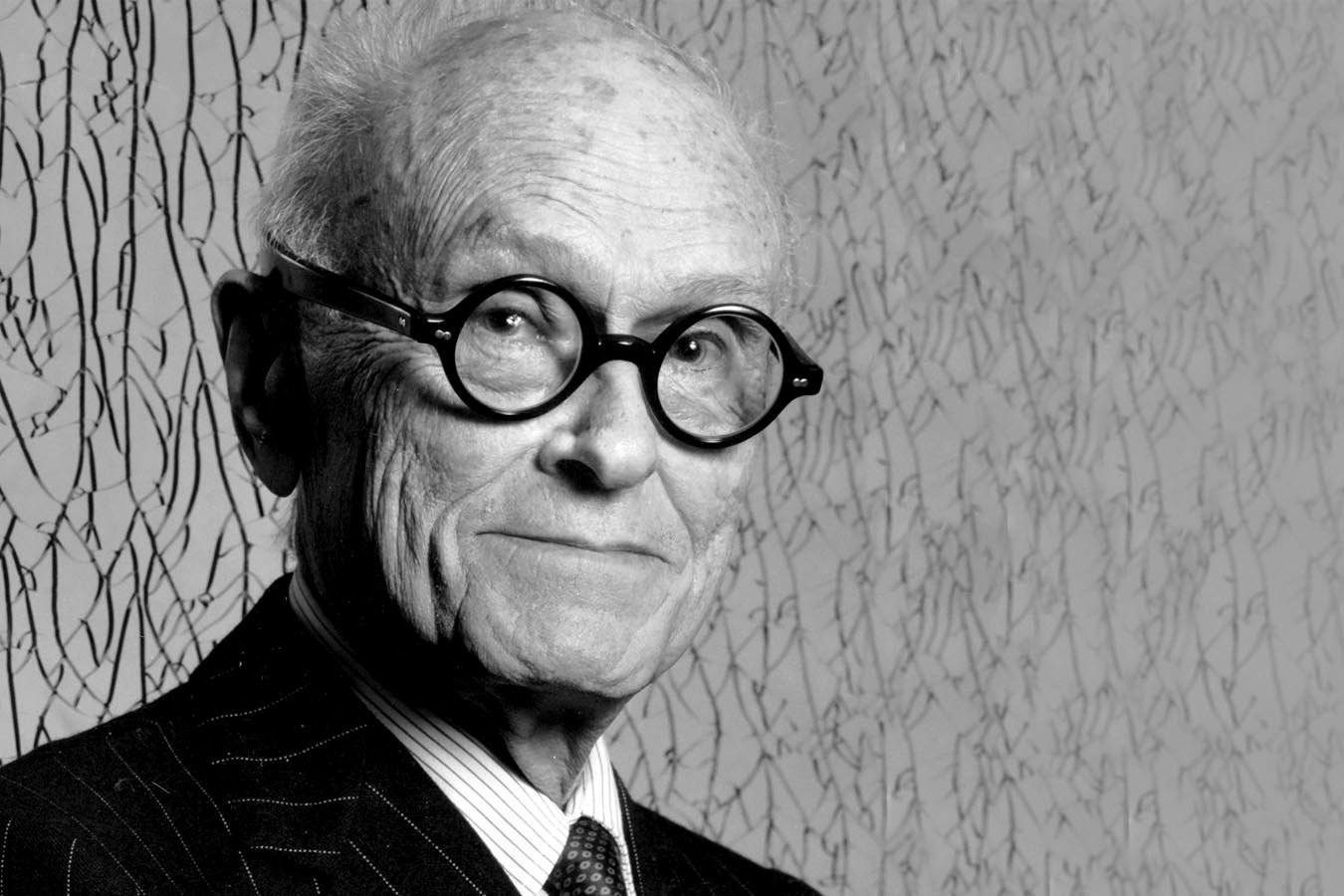
Philip Johnson, first Pritzker laureate, is known for The Glass House and Seagram Building.
Philip Johnson was an influential American architect who played a major role in the
development of modern architecture. He is best known for his work on the Glass House, his residence in New Canaan, Connecticut, which he designed in 1949. Johnson also designed the iconic Seagram Building in New York City and the AT&T Building in Dallas, Texas. He was awarded the first Pritzker Architecture Prize in 1979 in recognition of his lifetime achievements. In terms of style, he was well known for his exploration of multiple design philosophies, including the modernist style, the neoclassical style, and postmodernism. This wide variety of styles led him to be a pioneer of modern architecture and one of the most famous architects of the 20th century.
Remarkable Projects:
- Seagram Building
- AT&T Building
Impact on Architecture:
- He was well known for his exploration of multiple design philosophies, including the modernist style, the neoclassical style, and postmodernism.
- He was awarded the first Pritzker Architecture Prize in 1979 in recognition of his lifetime achievements.
Read more : Sustainable Architecture: Everything you need to know
Eero Saarinen

Eero Saarinen blended organic and modernist forms in the Gateway Arch and TWA Terminal.
Eero Saarinen was a Finnish-American architect known for his unique designs in the
international and mid-century modern styles. He is best known for his designs of the
Gateway Arch in St. Louis, the TWA Terminal at JFK International Airport, and the
Dulles International Airport. He was also recognised for his furniture designs, particularly the ‘Womb’ chair he designed for Knoll. Saarinen’s work has had a lasting influence on modern architecture. Another noteworthy characteristic about him is his interest in and exploration of organic forms in architecture, which was fairly rare in an era that was primarily known for the development of the International Style. Due to his uniqueness, he continued to be one of the most famous architects globally even after his death.
Remarkable Projects:
- Gateway Arch in St. Louis
- TWA Terminal at JFK International Airport
Impact on Architecture:
- Known for his unique designs in the international and mid-century modern styles.
- Another characteristic about him was his interest in the exploration of organic forms in architecture, which was fairly rare in an era that was primarily known for the development of the International Style.
Richard Rogers
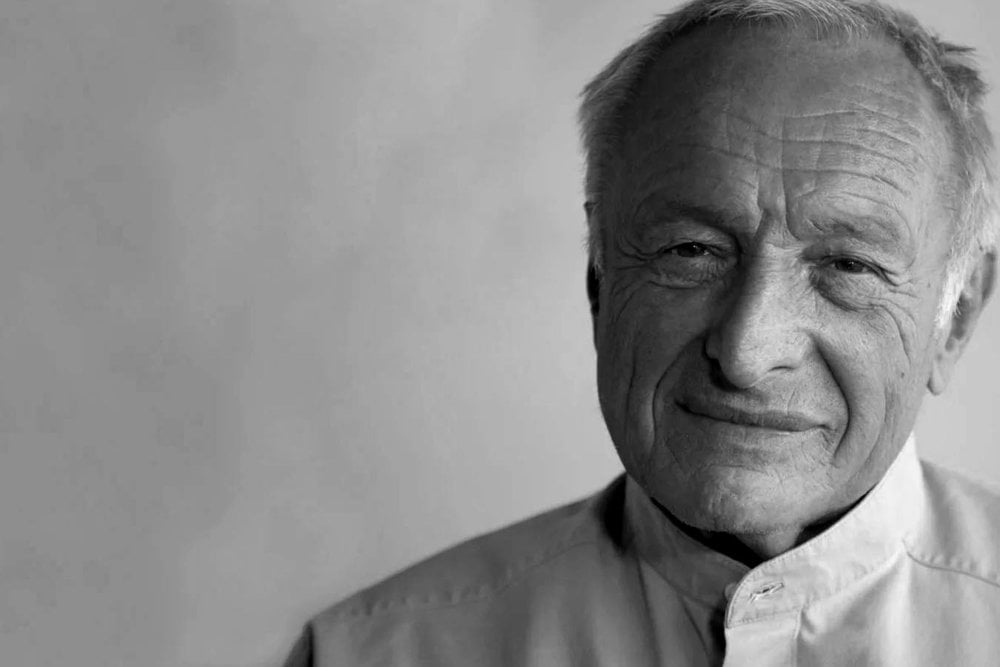
Richard Rogers, a Pritzker winner, championed sustainability with the Centre Pompidou and Leadenhall Building.
He was an internationally-renowned British architect best known for his
modern and innovative designs. He won numerous awards, including the Pritzker
Prize in 2007 and was knighted in 1991. He was also a major advocate for sustainable design, actively pushing for policies to reduce environmental degradation. His commitment to the environment and his innovative design practices have made him one of the most famous architects around, and his genius can be glimpsed in his most well-known projects, including the Centre Pompidou in Paris, (made in collaboration with Renzo Piano), and the Leadenhall Building in London.
Remarkable Projects:
- Centre Pompidou in Paris
- Leadenhall Building
Impact on Architecture:
- He was also a major advocate for sustainable design, actively pushing for policies to reduce environmental degradation.
- His commitment to the environment and his innovative design practices have made him one of the most famous architects around.
Renzo Piano
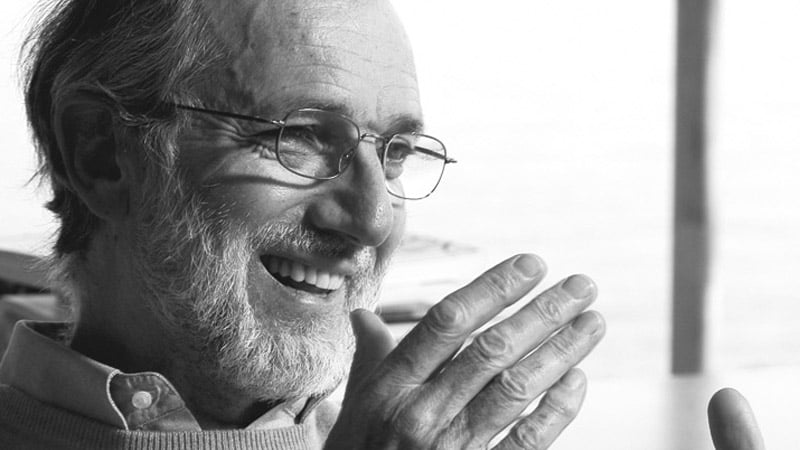
Renzo Piano created light-filled designs like The Shard and Kansai Airport, redefining sustainable architecture.
He is an Italian architect known for his modern designs and use of light and airy materials. He is best known for designing the Centre Georges Pompidou in Paris (made in collaboration with Richard Rogers), The Shard in London and the Kansai International Airport in Osaka, Japan. He has won numerous awards, including the Pritzker Prize in 1998 and the RIBA Royal Gold Medal in 2016. He is committed to sustainability in design, using natural materials and renewable energy sources whenever possible. He joins the eminent ranks of famous architects for his passion towards urban planning.
Remarkable Projects:
- Shard in London
- Kansai International Airport
Impact on Architecture:
- An Italian architect known for his modern designs and use of light and airy materials.
- He has won numerous awards, including the Pritzker Prize in 1998 and the RIBA Royal Gold Medal in 2016.
Oscar Niemeyer
.jpg?width=640&height=909&name=Oscar_Niemeyer_1968b%20(1).jpg)
Brazil’s Oscar Niemeyer fused bold curves and concrete in Brasília’s masterplan.
Oscar Niemeyer was a Brazilian architect, best known for being the Chief Architect of NOVA-CAP, the governmental authority on city planning and architecture. He was a pioneer of the use of reinforced concrete in his designs, and he incorporated the sensual curves and sweeping lines of Art Deco into his work. He is known for developing the Modernist style of architecture, and for strongly advocating the use of local Brazilian construction techniques. His most famous work is the Serpentine Pavilion. He was a recipient of the Pritzker Architecture Prize in 1988.
Remarkable Projects:
- Oscar Niemeyer Museum
- The Ministry of Education & Health, Rio de Janerio
Impact on Architecture:
- He was a pioneer of the use of reinforced concrete in his designs, and he incorporated the sensual curves and sweeping lines of Art Deco into his work.
- He is known for developing the Modernist style of architecture, and for strongly advocating the use of local Brazilian construction techniques.
Rem Koolhaas
.jpg?width=846&height=508&name=rem-koolhaas%20(1).jpg)
Rem Koolhaas, founder of OMA, redefined urbanism with the Seattle Public Library and Qatar National Library.
He is a Dutch architect, architectural theorist and urbanist, known for his iconic contributions to modernity. He has designed numerous high-profile buildings, including the Netherlands Embassy in Berlin and the Seattle Public Library. He is also the founder of the Office for Metropolitan Architecture (OMA), a collaborative team of architects that explores the intersection of architecture, media and urbanism. Koolhaas is one of the most famous architects globally, and also one of the most eclectic. His creations include the Taipei Performing Arts Centre and the Qatar National Library, among many others.
Remarkable Projects:
- Taipei Performing Arts Centre
- Qatar National Library
Impact on Architecture:
- An architectural theorist and urbanist, known for his iconic contributions to modernity.
- He is also the founder of the Office for Metropolitan Architecture (OMA), a collaborative team of architects that explores the intersection of architecture, media and urbanism.
Jeanne Gang
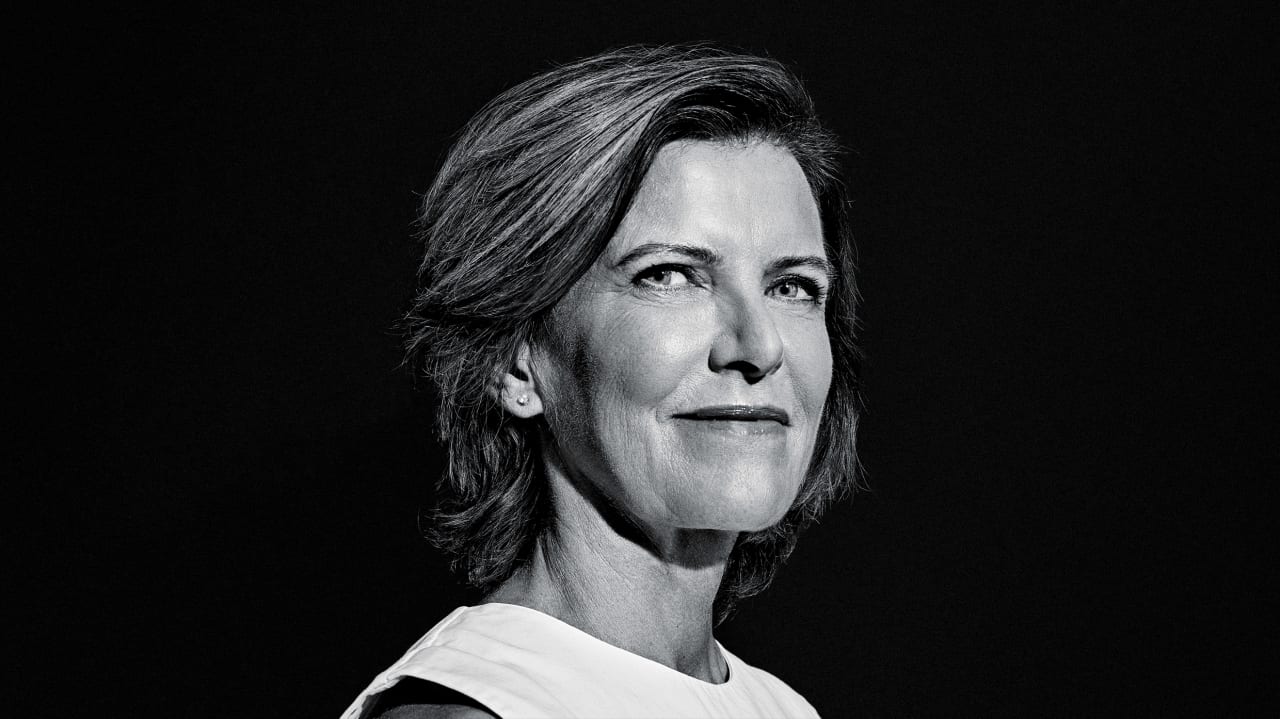
Jeanne Gang reimagines sustainable cities through projects like Aqua Tower and Solstice on the Park.
She is an American architect, urban designer, and MacArthur Fellow. She is
the founding principal of Studio Gang, a Chicago-based architecture and urban design practice. Gang's award-winning projects explore the relationship between nature, the built environment, and the social context within which these are situated. She has been recognized for her innovative and sustainable designs, which have been built around the world. Her style is an eclectic mix of research and experimentation between the traditional and the contemporary, and her most well-known work includes Aqua Tower in Chicago, and the residential building Solstice on the Park.
Sustainable design and green architecture are gaining great importance in the world today.
Remarkable Projects:
- Aqua Tower
- Residential building Solstice on the Park
Impact on Architecture:
- Her award-winning projects explore the relationship between nature, the built environment, and the social context within which these are situated.
- Her style is an eclectic mix of research and experimentation between the traditional and the contemporary.
Daniel Burnham
Daniel Burnham reshaped Chicago with his Plan of Chicago and early skyscraper innovations.
He was an influential and prominent American architect in the late 19th
and the early 20th century. He is renowned for developing the Chicago Plan and helping to rebuild the city after the Great Chicago Fire. He was also one of the key figures in the development of the skyscraper, and many of his works can still be seen in cities around the world. He is one of the most famous architects in the history of America and was one of the first modern city planners in America. It would interest young architects to know that he was not given admission to Harvard University, as well as Yale University, as he “couldn’t write a single word” in the exam. Later in his life, he would be awarded honorary degrees by both of these universities.
Remarkable Projects:
- Chicago Plan
- Rebuilding the city after Great Chicago Fire
Impact on Architecture:
- He was one of the key figures in the development of the skyscraper.
- He is one of the most famous architects in the history of America and was one of the first modern city planners in America.
Gordon Bunshaft
.jpg?width=844&height=483&name=gordon-bunshaft1200x686forweb%20(1).jpg)
At SOM, Gordon Bunshaft pioneered corporate modernism with Lever House.
Architect Gordon Bunshaft was an American modernist architect of the 20th
century is known for his international style and brutalist designs. He was a Pritzker Prize winner, and a partner at the architectural firm Skidmore, Owings & Merrill. He designed iconic buildings such as Lever House in New York City and the Beinecke Rare Book and Manuscript Library at Yale University. He was the recipient of numerous awards, including the 1963 AIA Gold Medal, and was a Fellow of the American Institute of Architects. His work was highly influential in the field of modernist architecture, thus establishing him as one of the most famous architects of the previous century.
Remarkable Projects:
- Lever House
- Beinecke Rare Book and Manuscript Library
Impact on Architecture:
- An American modernist architect of the 20th century is known for his international style and brutalist designs.
- His work was highly influential in the field of modernist architecture.
Shigeru Ban
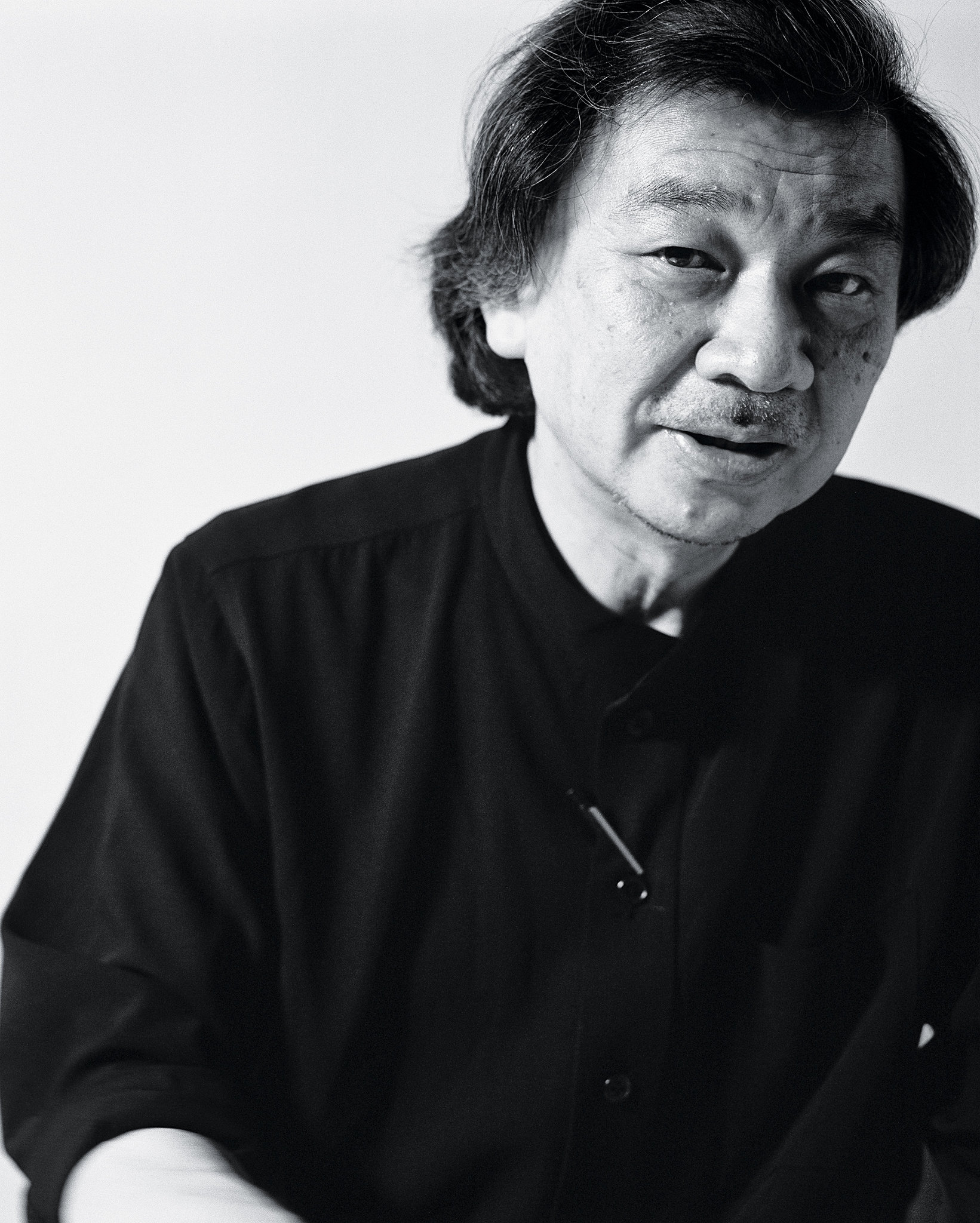
Shigeru Ban, a Pritzker laureate, designed humanitarian shelters from cardboard and bamboo.
He is a world-renowned Japanese architect and innovator, celebrated for his sustainable designs, which combine modern design with traditional Japanese architecture. He is known for his eclectic use of construction materials. For instance, he worked with cardboard tubes and bamboo, which he used as construction materials. In 2014, he was awarded the Pritzker Prize, the highest honour in architecture. His humanitarian work includes designing temporary shelters for disaster victims, such as those affected by the 2015 Nepal earthquake.
His work includes the stunning Catholic Takatori Church in Kobe, the Aspen Art Museum, and the Oita Prefectural Art Museum. He is one of the most famous architects in Japan.
Remarkable Projects:
- Catholic Takatori Church
- Oita Prefectural Art Museum
Impact on Architecture:
- Celebrated for his sustainable designs, which combine modern design with traditional Japanese architecture.
- His humanitarian work includes designing temporary shelters for disaster victims, such as those affected by the 2015 Nepal earthquake.
Read more: What is Career Stagnation & How Can Architects Escape it
Ieoh Ming Pei
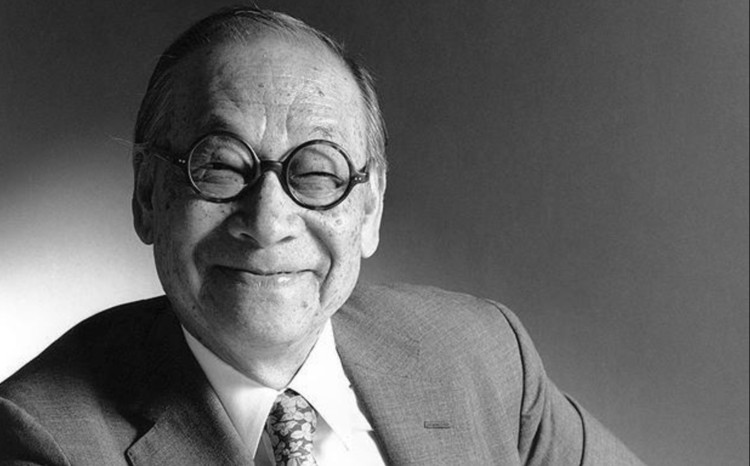
I.M. Pei fused geometry and culture in the Louvre Pyramid and Bank of China Tower.
He was a Chinese-American architect known for his iconic modernist designs. He moved to the United States as a teenager and studied architecture at the University of Pennsylvania. Although classified as a modernist, his work combines modern and traditional elements. He is best known for designing the Glass Pyramid at the Louvre Museum in Paris, which succeeded in distinguishing him as one of the most famous architects in the world.
He also designed the Bank of China Tower in Hong Kong, and the John F. Kennedy Library in Boston. His work was often praised for its geometric beauty (he heavily utilized shapes such as triangles, squares, and rectangles in his work). Additionally, he maintained a careful balance between form and function as well as their ability to create harmony between architecture and nature.
Remarkable Projects:
- The Glass Pyramid at the Louvre Museum
- The Bank of China Tower in Hong Kong
Impact on Architecture:
- He is known for his iconic modernist designs.
- Although classified as a modernist, his work combines modern and traditional elements.
William Pereira
.jpg?width=618&height=618&name=william%20pereira%20(1).jpg)
William Pereira crafted futuristic landmarks like the Transamerica Pyramid and CBS Television City.
Architect William Pereira was an American architect known for his innovative and bold designs. He was born in Chicago in 1909. His designs are noted for being incredibly futuristic, and his larger style was based on elements from Brutalist architecture, Art Deco and Postmodern architecture. Interestingly, he was also well known as an Art Director in Hollywood and was awarded an Academy Award for ‘Best Special Effects’ for the film Reap the Wild Wind.
He was instrumental in designing various buildings such as the Transamerica Pyramid in San Francisco and the CBS Television City in Los Angeles.
Remarkable Projects:
- Transamerica Pyramid
- The CBS Television City
Impact on Architecture:
- His designs are noted for being incredibly futuristic.
- He drew more inspiration from Brutalist architecture, Art Deco and Postmodern architecture.
Santiago Calatrava
.jpg?width=555&height=555&name=santiago%20calatrava%20(1).jpg)
Architect-engineer Santiago Calatrava created sculptural works like The Oculus and Dubai Creek Tower.
Santiago Calatrava is an internationally renowned architect and engineer. He is renowned for the innovative potential of his work: it combines architecture and structural engineering to create awe-inspiring structures. His work is found all over the world. The most well-known examples of his work include the Oculus at the World Trade Center in New York City, the Dubai Creek Tower, and the Samuel Beckett Bridge. Calatrava's unique and modern approach to architecture has made him one of the world's most sought-after and respected architects. His status as one of the most famous architects around draws for his development of the field of high-tech architecture.
Calatrava was a fan of long-span structures, such as bridges, and made many of them in his lifetime. Bridges are often longer than 50 metres, which makes them long span structures.
Remarkable Projects:
- Oculus
- Dubai Creek Tower
Impact on Architecture:
- He pioneered the combination of structural engineering and architecture.
- His status as one of the most famous architects around draws for his development of the field of high-tech architecture.
Recommended: 20 Marvellous Long-Span Structures That Will Blow Your Mind
Conclusion
These 20 famous architects shaped how we design and experience buildings worldwide. Their legacies prove that architecture is cultural innovation. To master modern design, join the BIM Professional Course for Architects by Novatr and visit our resource page for AEC insights and career tips.
FAQs
1. Who are the Big Five architects?
Ans: Le Corbusier, Mies van der Rohe, Frank Lloyd Wright, Walter Gropius, and Alvar Aalto.
2. Who is the No. 1 architect in India?
Ans: Charles Correa is often considered the most famous architect in India for his modern yet culturally rooted designs.
3. Who are the most famous architects in the world?
Ans: Names like Antoni Gaudí, Zaha Hadid, Frank Lloyd Wright, and Norman Foster are among the world’s most famous architects.
4. Who is called the father of modern architecture?
Ans: Le Corbusier is widely regarded as the father of modern architecture.
5. Who are the top female architects in history?
Ans: Zaha Hadid, Jeanne Gang, Kazuyo Sejima, and Lina Bo Bardi are among the top female architects globally.

 Thanks for connecting!
Thanks for connecting!


.png)



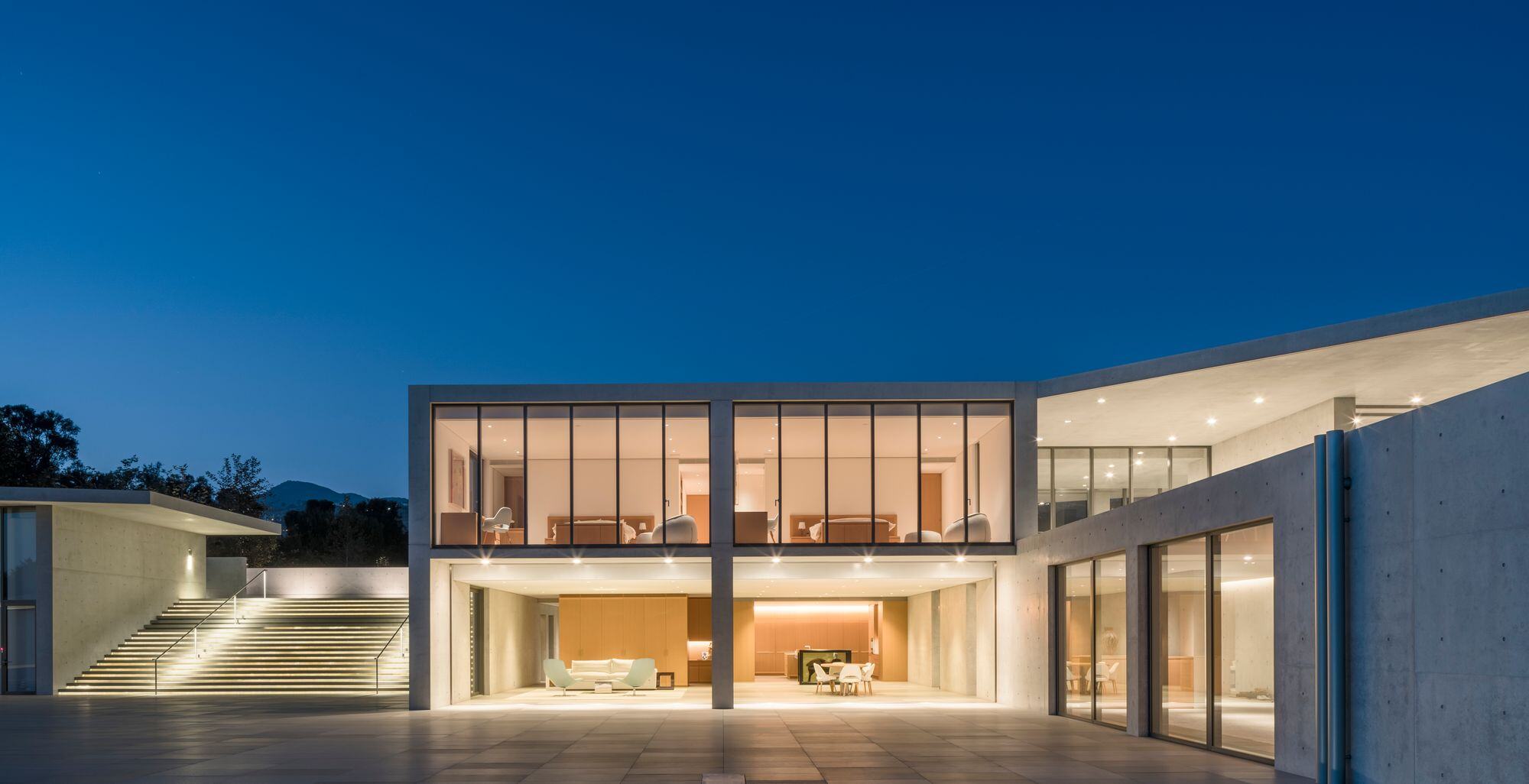

.jpg)

